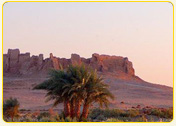Egypt is very much desert, and the number of oasis are smaller than many might imagine. There are 7 oasis communities interesting to a traveler, plus a handful of places where people do little but work and long for the day when they can return to their home town
Getting to the oases is straightforward these days
Dakhla
Dakhla is the best to visit because it offers the best preserved architecture of all of Egypts’ oases. there is a selection of fine oasis gardens, and a pharaonic temple makes you realize how deep the history of the oases really is.
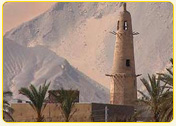
Siwa
Siwa ranks high because of charm, beautiful oasis gardens, bathing possibilities and pharaonic temples too. What Siwa lacks is well-preserved traditional quarters. The Shali (attractive enough!) is too ruined to give a true image of old times.
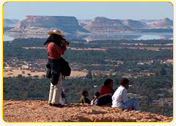
Fayoum
Fayoum ranks high because of the fabulous oasis gardens, the surreal lake and the many pharaonic monuments. The drawback, is that it really doesn’t feel like an oasis, travelling from the Nile or Cairo, you will not pass through any desert.
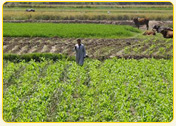
Farafra
Although no oasis offers as limited number of sights as Farafra, it is highly recommended because of charm, great bathing possibilities. The gardens are nice and there are some remaining traditional houses too.

Kharga
As oases go, Kharga is not the best. The modern city owes almost nothing to the past, and the gardens are a bit difficult to access. Yet, Kharga has its attractions, with more historical monuments than any of the other oases.

Qara
is the smallest of all inhabited oases, and also the least touched by modern times.
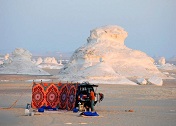
Bahariya
Bahariya offers the least attractive village of all the oases, and the oasis gardens are not among the fines. But hotels are good, it is easy to reach from Cairo (you will pass through much desert) and it is the best starting point for the Black and White deserts .
